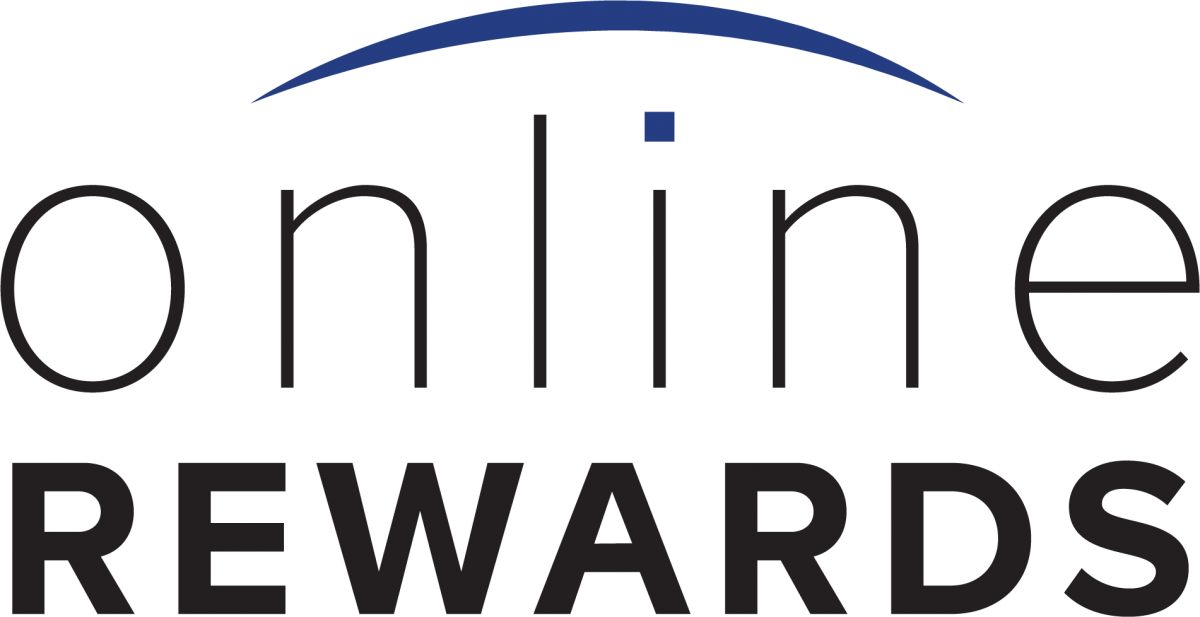The “New Normal” is Digital-First. How Do I Adjust My B2B Incentives Program?

The COVID-19 has forced even the most conservative B2B companies to transfer to an online presence. Almost all sales-related communications are online and now, product demos are conducted without physical office meetings whenever possible.
For loyalty and incentive programs to remain accessible to all active counterparties, companies need to move them online too. It is also necessary to expand the range of incentives and temporarily abandon activities that could potentially carry the risk of spreading the disease.
The transition to digital was not easy for all B2B companies. Despite the affordability of online program implementation, some businesses struggle to achieve the desired level of engagement and a decent ROI of their programs due to the fragmented allocation of efforts and budgets. The implementation of an online incentive program must accompany specific changes in communication and organization of processes to be successful.
What is needed for the “new normal” B2B incentive program to work effectively and bring maximum results? If you’re interested in this topic – keep reading!
The Basis of a New “Hierarchy of Needs” for B2B Companies
“Those suppliers who provide outstanding digital experiences to their buyers are more than twice as likely to be chosen as a primary supplier than those who provide poor experiences.”
The COVID-19 outbreak significantly accelerated the process of adaptation to digital channels in the B2B field. While epidemiological safety is now a top priority, this is not the only reason B2B companies are actively moving to the online environment.
Multiple surveys, including pre-pandemic ones, show that B2B customers want to have an online option at almost every touchpoint, similarly to their B2C experiences. So do channel partners, although they do not articulate their position as actively.
These requirements imply that with the transition to a more online presence, the interaction between counterparties should become more convenient, less time-consuming, and as automated as possible.
In this regard, we want to highlight 3 of 7 major trends that will drive business in the Post-COVID-19 environment according to PWC experts’ predictions: remote interaction, flexibility, and digitalization. In our opinion, those three trends will shape the demands of B2B customers and partners in the near future.
1) Remote interactions are cost-saving and less time-consuming compared to traditional in-person meetings that sometimes require traveling to another state or country. Most companies had adjusted to remote communications, which might have changed their preferences in the long run.
2) Flexibility should relate not only to how a company designs the internal environment but also how they interact with their counterparties. Having financial flexibility, being nimble in rapidly changing market conditions, and adjusting to the objective needs of customers and partners will be crucial for success in the B2B field.
3) Digitalization and automation could help companies optimize operating costs and free up some of their employee time to redirect it towards more creative tasks and customer service improvement. Digitalization also equals greater control and scalability for a lower cost.
With these three trends in mind, we want to offer you some tips that can help you to adjust your B2B incentive programs to the current realities.
5 Adjustments for a B2B Incentive Program That Can Flourish Under Conditions of the “New Normal”
We want to highlight five areas requiring either change, complete restart or adoption, depending on the current state of the incentive programs in your company.
- Introduce new KPIs and incentive models
- Adjust your rewards offerings
- Replicate satisfactory solutions from the B2C field
- Adjust your communication routines
- Become a mentor for your business partners
Let’s take a deeper dive into the meaning behind the measures we decided to highlight in this article. If they still seem overly fragmented, it might be a sign that your incentive program needs a complete relaunch. This is normal for any part of a marketing mix, as sometimes adjusting to new circumstances means taking an entirely new direction.
Introduce new KPIs and incentive models
The effects accompanying the COVID-19 pandemic had a generally negative impact on sales volumes. Some companies were lucky to have demand spikes for particular products or services that compensated for the decline in demand for other products or services in their range. But, businesses became more price-sensitive, postponed some of their long-term projects, and narrowed their focus, affecting expenses.
Despite the common belief in the lack of an emotional component involved in buyer/partner decisions on the B2B market, cutting off all your incentives will negatively impact your long-term relationships with current counterparties, both for economic and psychological reasons.
First, it is necessary to adjust the threshold incentives to the sales volumes relevant to the current economic situation. It might also make sense to prioritize loyalty rewards over volume-based incentives for your direct customers for the period of economic decline.
Second, you can emphasize the incentives you provide for actions supporting your long-term strategic goals. Remind partners and customers of the rewards you provide for testimonials, referrals, or references. If you didn’t have some of these before, it’s a perfect time to start, as those actions support your marketing in the long-term perspective.
Incentives for successful completion of product training might also be an effective tool to support your partners and improve sales in the long term.
Adjust your rewards offerings
Rewards could make or break the whole program. In the situation where rewards of high emotional value, like incentive travels, become inaccessible for a fair amount of people, and even merchandise gifts might be problematic for some, companies need to shift towards more digital options and experiences.
Gift cards could be a perfect answer to these problems. You just want to make sure that your rewards catalog offers a range of cards that is wide enough to fit the status, tastes, needs, and locations of all representatives of your counterparties.
If the financial situation so permits, you can also get a bit more personal by sending stay-in-touch gifts for holidays or birthdays to representatives of your partners and customers.

Replicate satisfactory solutions from the B2C field
Digitalization of B2B rewards and incentives must deliver the same level of comfort that e-commerce has brought to our lives. Customers and partners of any B2B company will appreciate personalization features, transparent mechanisms of rewards and incentives accrual, as well as a seamless experience of reward redemption.
“This shift in the importance of digital interactions is reflected in customer behaviors. When researching products, customers’ preference for digitally-enabled sales interactions has jumped significantly, with suppliers’ mobile apps and social media or online communities showing their sharpest increase since 2019”.
Flexibility plays an even more significant role than before, which means that the “new normal” rewards and incentives programs should be handled through a mobile-first platform. Mobile-first platforms allow transferring all related transactions online while taking all possible advantages of mobile devices.
Adjust your communication routines
First of all, you want to communicate all the changes and adjustments across all communication channels with a particular emphasis on the benefits and value they have to offer to your clients and partners.
The preference for self-service also means that customers need instant access to all information about products and services they’re interested in. In particular, this implies creating rich educational materials, interactive product catalogs, and price lists, as well as a rewards catalog optimized for mobile use. You might also want to use chat-bots to help platform users navigate through all the possibilities and content available within the program.
And on top of everything else, digital communication channels are particularly helpful in collecting and analyzing feedback. Conducting surveys and having a positioned feedback form will help you better adjust to the needs of your counterparties and support continuous improvement.
Become a mentor for your business partners
Staying on top of rapidly occurring changes is crucial for everyone’s success in the B2B field. It is vital to constantly improve knowledge and skills related to partner and customer loyalty among company employees.
But you can take a step further and make an effort to educate your sales partners about the latest developments in this field and help implement this knowledge into everyday business practice. This will help you grow your market presence and become a thought leader for business partners.
Conclusions
Adaptation to the “new normal” requires making fast and qualified decisions to cope with multiple complex challenges. If you need help from qualified experts that specialize in the field of B2B rewards and incentives, we welcome you to contact our team in any way that is convenient for you.
POSTED
SHARE
SUBSCRIBE TO OUR NEWSLETTER
Online Rewards is a highly versatile and powerful incentive and loyalty marketing solutions provider. Since its formation in 2002, Online Rewards has designed, developed, and supported global rewards and incentives programs across a variety of industries and applications.
For more information, visit www.online-rewards.com
TALK WITH AN ONLINE REWARDS EXPERT
Interested in seeing how Online Rewards can help take your customer loyalty and reward fulfillment to the next level? Complete the form to schedule a tour with an expert for a quick and comprehensive overview of our platform.



